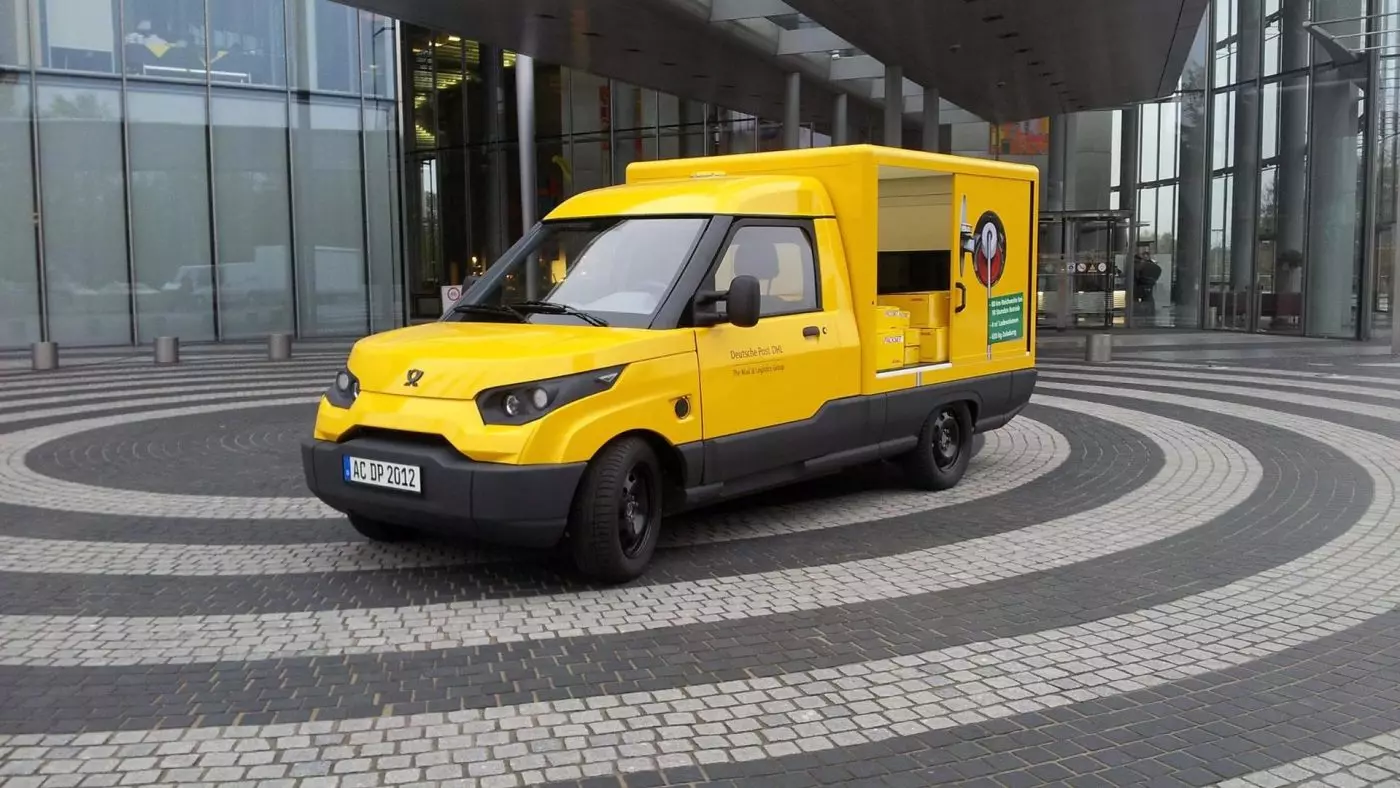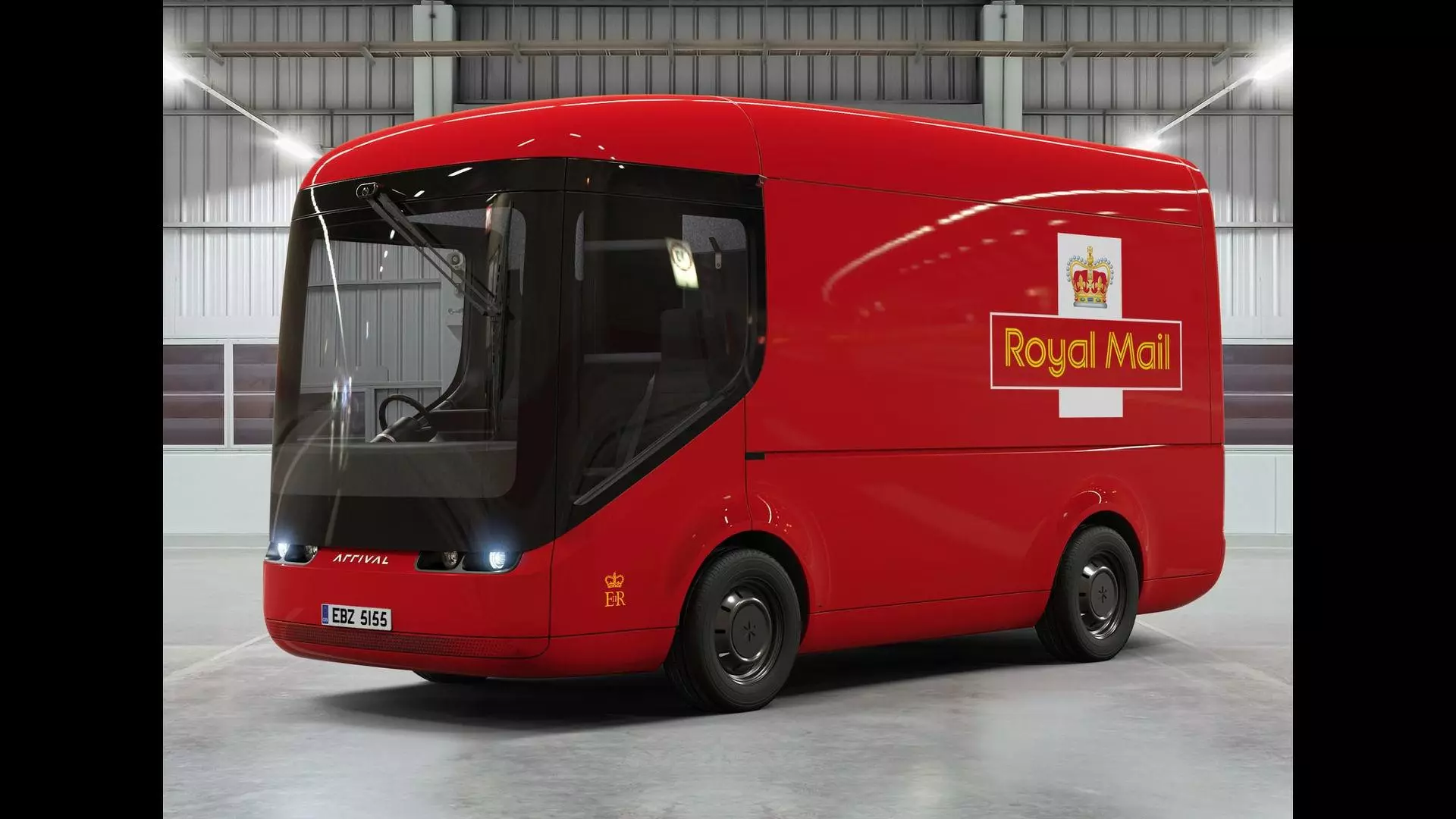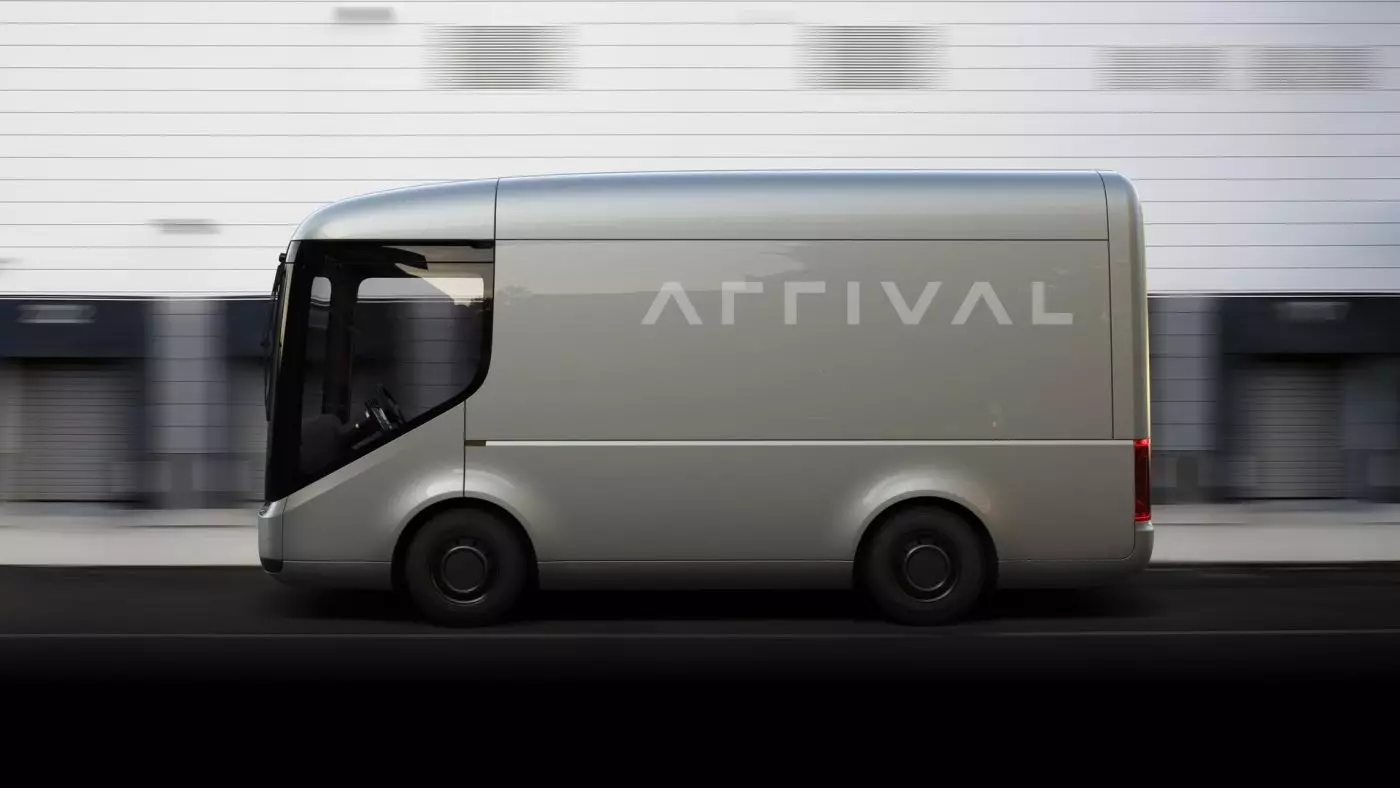It makes perfect sense. The inherent limitations (for now) of electric vehicles make them ideal receptacles for tasks with predetermined urban routes only. It is these routines that allow for greater ease in equating and specifying the energy needs to fulfill this task.
We have seen some pilot experiences, but now cases of large-scale adoption of electric vehicles for distribution are starting to emerge. It is the mail delivery vehicles that stand out in this new scenario, as vehicles are being purposely designed for this purpose.
StreetScooter Work are produced by Deutsche Post, the German post office
With an already considerable scale, the first distribution vehicle we make known belongs to the Deutsche Post DHL Group. The German postal service plans to replace its entire fleet – 30,000 vehicles – with electric vehicles such as the StreetScooter Work.
StreetScooter has been around since 2010 and the first prototypes appeared in 2011. It started its activity as a startup, and an agreement with Deutsche Post allowed it to integrate some prototypes into its fleet for testing. The tests must have gone really well, as the German postal service ended up buying the company in 2014.

A plan was then put into motion to advance the series production of this small electric van. The initial objective was to replace the entire fleet of Deutsche Post, but Work is already available for the general market. And behold, it has allowed Deutsche Post to become currently Europe's largest producer of electric commercial vehicles.
StreetScooter Work is available in two versions – Work and Work L -, and are primarily intended for short-distance urban deliveries. Its autonomy obliges: just 80 km. They are electronically limited to 85 km/h and allow transport of up to 740 and 960 kg respectively.
Volkswagen thus lost an important customer, the 30,000 DHL vehicles came mostly from the German brand.
The trend continues
StreetScooter continues its expansion process and introduced the Work XL, developed in partnership with Ford.

Based on the Ford Transit, the Work XL can come with batteries of different capacities – between 30 and 90 kWh – that allow autonomy between 80 and 200 km. They will be at the service of DHL and each vehicle will, according to them, save up to 5000 kg of CO2 emissions per year and 1900 liters of diesel. Obviously, the load capacity is superior to other models, allowing the transport of up to 200 packages.
By the end of the year, around 150 units will be delivered, which will join the 3000 units of Work and Work L already in service. During 2018 the aim is to produce another 2500 Work XL units.
Royal Mail also adheres to trams
If Deutsche Post's fleet of 30,000 vehicles is large, what about the 49,000 vehicles of Royal Mail, the British post office?
Unlike the Germans, the British have, so far, signed a one-year deal with Arrival – an English builder of small electric trucks. They did not stop there and set up another in parallel with Peugeot for the supply of 100 electric vans.


Nine trucks will be in service with different load capacities. They have a range of 160 km and according to Denis Sverdlov, Arrival CEO, their cost is the same as a diesel equivalent truck. Sverdlov has also previously stated that its innovative design allows a unit to be assembled by a single worker in just four hours.
And it's its design that sets it apart from StreetScooter's proposal. More cohesive and harmonious, it has a more sophisticated and even futuristic appearance. The front stands out, dominated by a huge windshield, which allows superior visibility when compared to other similar vehicles.
Although electric, Arrival's trucks will have an internal combustion engine that will serve as a generator to charge the batteries, should they reach a critical level of charge. The final versions of the trucks will be compatible with autonomous driving, using solutions developed for Roborace – races for autonomous vehicles. This association won't be strange when we learn that Arrival's current owners are the same ones who created Roborace.
The factory where it will be produced, in the Midlands, allows the construction of up to 50,000 units per year and will be heavily automated.
And our CTT?
The national postal service has also started to adopt electric vehicles. In 2014 an investment of five million euros was announced in the reinforcement of its fleet, with a commitment to reduce its environmental footprint by 1000 tonnes of CO2 and save around 426,000 liters of fossil fuels. The result is 257 vehicles with zero emissions for a total of 3000 (data from 2016):
- 244 two-wheel models
- 3 three wheel models
- 10 light goods
Looking at the examples that come to us from other European countries, these values will not stop there.
